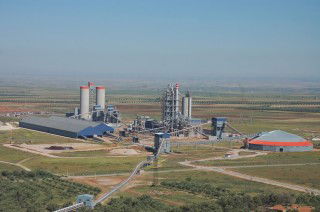The Nordic cement industry is a relatively small player in Europe. Still, its plants are some of the most advanced in the world and are pioneering projects for alternative fuels and carbon capture and storage. The region entered 2020 with expectations of improved sales, driven by infrastructure projects and hopes of a housing recovery. However, the coronavirus pandemic is expected to inhibit this growth.
The Nordic economies of Denmark, Finland, Norway and Sweden have remained largely stable in the last few years with modest rates of growth. They currently support a total population of 26.9m people.
In Denmark economic performance was robust in 2018 and GDP grew by an estimated 1.7 per cent in 2019, according to the IMF. This was backed up by domestic demand, a strong labour market and moderate inflation. Following the 5 June 2019 elections, Mette Frederiksen of the Social Democrats was appointed as the new Danish Prime Minister with the climate crisis, new housing policies, foreign labour, and increased public transport and bicycle infrastructure at the top of the government’s agenda. After years of austerity, the new government is keen to loosen the purse strings and invest in its economy despite pushing the country’s budget into a 0.1 per cent deficit of GDP in 2020.
